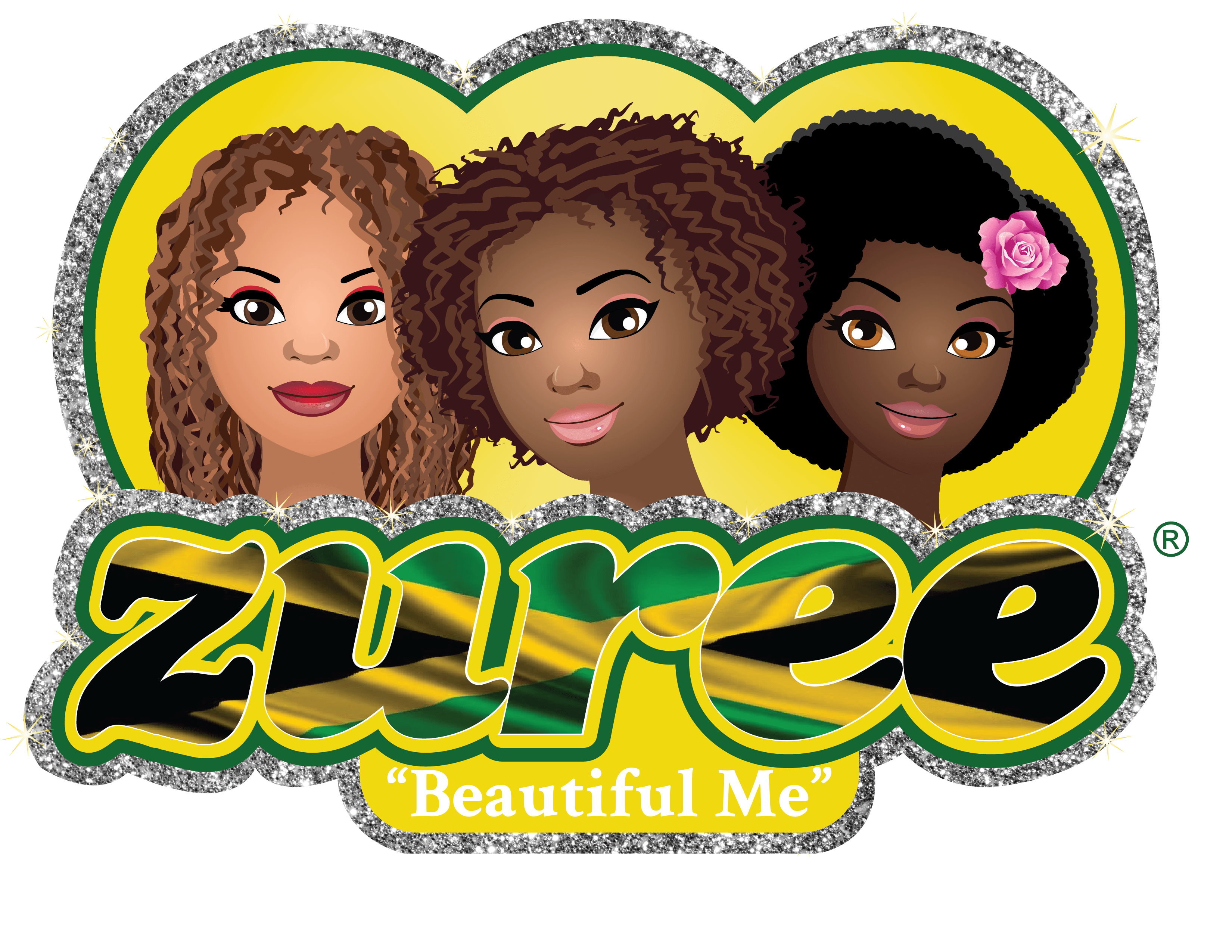
Introducing Toya, the World’s First Doll to Speak Jamaican Patois

Dec 22, 2021
Diversity matters, even when it comes in the form of a doll. With research that shows dolls with unrealistically thin bodies have had negative effects on young girls’ self-esteem, a movement has emerged to develop children’s toys that reflect different body shapes, sizes, and skin tones.
But what about language? This was the problem that Saffron Jackson, a 38-year-old Jamaican teacher living in the United Kingdom, encountered in shopping for a doll that looked and sounded like her daughter. So she created Toya, the first doll to speak Jamaican patois and the first doll in Jackson’s Zuree Doll line, which represent various ethnicities.
“This doll is designed to empower young girls of color so they can take pride in their natural beauty and love themselves with their varied shades of dark skin tones and their kinky hair,” Johnson told Yahoo Beauty. “For too long, many girls of color are left to feel inferior to little white girls because they do not fit the stereotypical image of beauty. I am hoping that Zuree will revolutionize the doll market by producing beautiful dolls, which will change this mindset and create diversity in the doll world.”
Patois is a Creole or varied dialect of a common people within a region and can vary depending on the country, culture, and people. For many people of Caribbean descent, patois is most commonly spoken amongst family, friends, and those within the community.
The doll, voiced by a girl from Kingston named Kristina, speaks in patois phrases such as “Wah gwaan?”” “Wah yaa seh?,” and “Me name Toya, and me a wah Zuree Doll from the beautiful island of Jamaica.”
Toya (which costs about $60) and the forthcoming Zuree Doll line (with brown- and dark-skinned, curly-haired dolls) demonstrates not only the importance of representing different physical characteristics, but promoting a sense of belonging and unity.
According to clinical psychologist Barbara Greenberg, seeing a doll that looks like you is important to the fundamental development of a child. “It validates a child’s very existence and it validates that they are good, and they deserve to be represented and acknowledged. It’s wonderful for their self-esteem,” she says.
Diversity matters, even when it comes in the form of a doll. With research that shows dolls with unrealistically thin bodies have had negative effects on young girls’ self-esteem, a movement has emerged to develop children’s toys that reflect different body shapes, sizes, and skin tones.
But what about language? This was the problem that Saffron Jackson, a 38-year-old Jamaican teacher living in the United Kingdom, encountered in shopping for a doll that looked and sounded like her daughter. So she created Toya, the first doll to speak Jamaican patois and the first doll in Jackson’s Zuree Doll line, which represent various ethnicities.
“This doll is designed to empower young girls of color so they can take pride in their natural beauty and love themselves with their varied shades of dark skin tones and their kinky hair,” Johnson told Yahoo Beauty. “For too long, many girls of color are left to feel inferior to little white girls because they do not fit the stereotypical image of beauty. I am hoping that Zuree will revolutionize the doll market by producing beautiful dolls, which will change this mindset and create diversity in the doll world.”
Patois is a Creole or varied dialect of a common people within a region and can vary depending on the country, culture, and people. For many people of Caribbean descent, patois is most commonly spoken amongst family, friends, and those within the community.
The doll, voiced by a girl from Kingston named Kristina, speaks in patois phrases such as “Wah gwaan?”” “Wah yaa seh?,” and “Me name Toya, and me a wah Zuree Doll from the beautiful island of Jamaica.”
Toya (which costs about $60) and the forthcoming Zuree Doll line (with brown- and dark-skinned, curly-haired dolls) demonstrates not only the importance of representing different physical characteristics, but promoting a sense of belonging and unity.
According to clinical psychologist Barbara Greenberg, seeing a doll that looks like you is important to the fundamental development of a child. “It validates a child’s very existence and it validates that they are good, and they deserve to be represented and acknowledged. It’s wonderful for their self-esteem,” she says.
Greenberg says, “[Toya] really fosters a message that you are important, you matter, you are included in our melting pot and culture, and you are important enough to be represented in our toys.”
Jackson isn’t content just to promote diversity with dolls, though; she’s also developing a clothing line for the dolls and working on a Zuree Girls book series. A Rasta-talking bear will reportedly be launched around March.
Toya is indicative of a larger conversation in the beauty world, allowing all girls to have a doll they truly connect with. May we see, and play with, many more.
Original post: https://www.yahoo.com/lifestyle/introducing-toya-the-worlds-first-jamaican-patois-speaking-doll-194131905.html
Send a Message
Get in Touch
Office location
LondonSend us an email
[email protected]